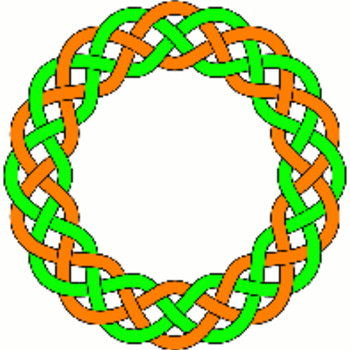How do you find the distance between (-3,0) and (4,0)?
1 Answer
Generalising (but the answer is still 7)
Explanation:
Taking any two points
One of the other sides (denote this by
The remaining side (denote this by
Note that the second points mentioned in the two previous sentences are the same; this is the vertex that encloses the right angle of the right angled triangle.
The length of the side that is parallel with the x-axis may be calculated as
The length of the side that is parallel with the y-axis may be calculated as
Denoting the length of the line joining the two points by
So, by Pythagoras' theorem
or (noting that we are only interested in the positive square root in this particular problem),
So, the length of the line (denoted by
As it happens, in this particular problem, the value taken by
That is, the right angled triangle is "degenerate" because one of its sides is of zero length.
Despite that, the general formula for the distance between two points still works.
That is, in this particular case, in which
(taking the positive square root) as noted in the previous explanation provided by Julia.

